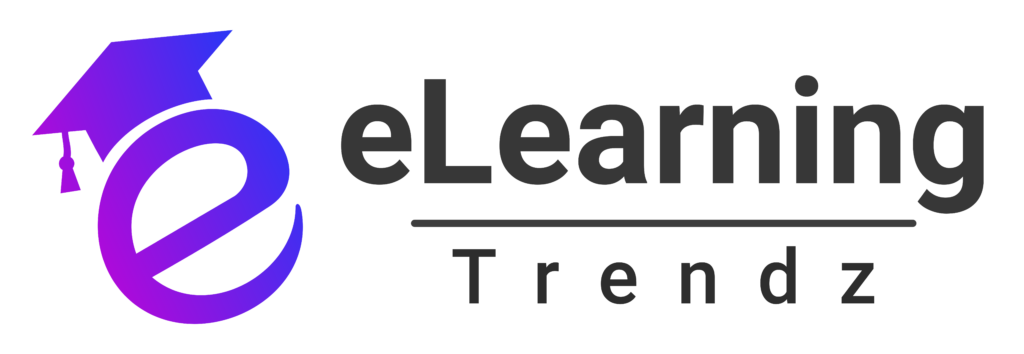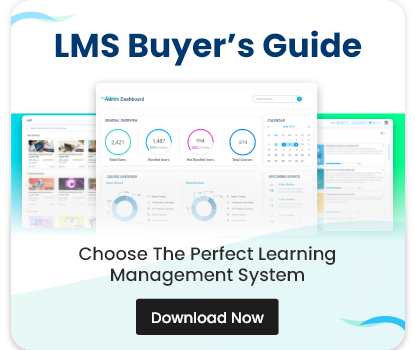As digital learning continues to grow, organizations are increasingly relying on LMS analytics tools to measure the effectiveness of their training programs. These tools provide valuable insights into learner performance, engagement, and overall program success. In this blog, we will explore how AI-powered learning analytics, learning ROI measurement, and other key metrics can help organizations evaluate the success of their digital learning initiatives.
What are LMS Analytics Tools?
LMS analytics tools are software solutions integrated with Learning Management Systems (LMS) that allow organizations to track and measure key metrics related to employee training and development. These tools provide insights into learner progress, engagement, and the effectiveness of the learning content, enabling organizations to make data-driven decisions for continuous improvement.
Key Metrics to Measure in Digital Learning
To determine the success of digital learning programs, organizations need to focus on several key metrics. Let’s explore some of the most important metrics that LMS analytics tools can help track:
1. Learner Engagement Metrics
Learner engagement metrics are a critical aspect of measuring the effectiveness of an LMS. These metrics assess how actively learners are interacting with the content, completing assignments, and participating in discussions or other learning activities. Engagement is a strong indicator of how relevant and compelling the learning content is for employees.
Key engagement metrics include:
- Login frequency
- Course completion rates
- Participation in discussion forums
- Interactions with multimedia content (videos, quizzes, etc.)
By tracking these metrics, organizations can determine if learners are staying engaged or if content needs to be improved or updated.
2. AI-powered Learning Analytics
AI-powered learning analytics tools have transformed how organizations approach learning data. These tools use artificial intelligence to provide deeper insights into learner behavior and predict learning outcomes. AI can analyze patterns in learner data to identify trends, such as areas where learners are struggling or excelling, helping instructors tailor content accordingly.
AI can also assist in creating personalized learning paths, providing targeted interventions, and enhancing the overall learning experience by adapting to individual needs. For instance, AI-powered analytics tools can track learner progress in real-time, predict future performance, and recommend the best learning materials based on past behavior.
3. Learning ROI Measurement
Learning ROI measurement is essential for determining the effectiveness of a digital learning program. It allows organizations to evaluate whether the learning initiatives are achieving the desired outcomes in terms of business goals and objectives. ROI measurement can help quantify the impact of learning in areas such as productivity, performance improvement, and skill development.
Key indicators for measuring learning ROI include:
- Increased employee performance
- Improved sales or productivity metrics
- Cost savings resulting from improved efficiency
- Reduction in employee turnover due to better training and development opportunities
By leveraging LMS analytics tools, organizations can assess whether their investment in training is translating into measurable business results and adjust their strategies accordingly.
4. Skills Gap Analysis
Skills gap analysis is a crucial metric for identifying the gaps between the skills employees currently have and the skills they need to perform effectively in their roles. By analyzing performance data from the LMS, organizations can identify specific areas where employees may need additional training or development. This helps ensure that learning programs are targeted to address the most pressing skills gaps within the workforce.
With LMS analytics tools, HR teams can track competency levels across various skills and departments, allowing them to create more focused and personalized learning initiatives that directly impact business outcomes.
How to Use LMS Analytics Tools to Measure Success and ROI
Now that we’ve covered key metrics, let’s explore how to effectively use LMS analytics tools to measure success and ROI in digital learning:
- Track Learner Progress: Use engagement and completion rates to monitor learner progress and identify areas where they may need additional support.
- Assess Content Effectiveness: Analyze which courses and materials are most engaging for learners and which ones need improvement.
- Measure Business Impact: Use learning ROI metrics to track how training affects productivity, employee performance, and business results.
- Identify Skills Gaps: Use skills gap analysis to pinpoint areas where employees need further development, and tailor learning paths accordingly.
Benefits of LMS Analytics Tools
There are several advantages to using LMS analytics tools for measuring learning success:
- Data-driven decision making: Analytics help you make informed decisions about your learning programs based on concrete data.
- Continuous improvement: By monitoring learner progress and engagement, you can continuously optimize and improve learning materials.
- Better ROI tracking: Learning ROI measurement ensures that your investment in training is generating business value.
- Personalized learning: AI-powered analytics can help create personalized learning paths for each employee, increasing engagement and effectiveness.
Conclusion
LMS analytics tools are essential for measuring success, tracking learner engagement, and calculating the ROI of digital learning initiatives. By using AI-powered learning analytics, monitoring learner engagement metrics, measuring learning ROI, and conducting skills gap analysis, organizations can optimize their training programs to deliver better outcomes. These tools empower businesses to create data-driven learning environments that align with their organizational goals and drive tangible results.
FAQs
1. What are LMS analytics tools?
LMS analytics tools are software solutions integrated with Learning Management Systems to track, measure, and analyze learner data. They provide insights into learner performance, engagement, and program effectiveness.
2. How can AI-powered learning analytics improve training outcomes?
AI-powered learning analytics can help organizations predict learner performance, provide personalized learning paths, and optimize training programs based on real-time learner data.
3. How is learning ROI measured using LMS analytics tools?
Learning ROI is measured by tracking the impact of training on business outcomes such as employee performance, productivity, cost savings, and reduced turnover. LMS analytics tools provide the data necessary to calculate these metrics.
4. How can skills gap analysis help improve training programs?
Skills gap analysis helps identify areas where employees need additional training, allowing organizations to create more targeted and effective learning programs that directly address these gaps.














